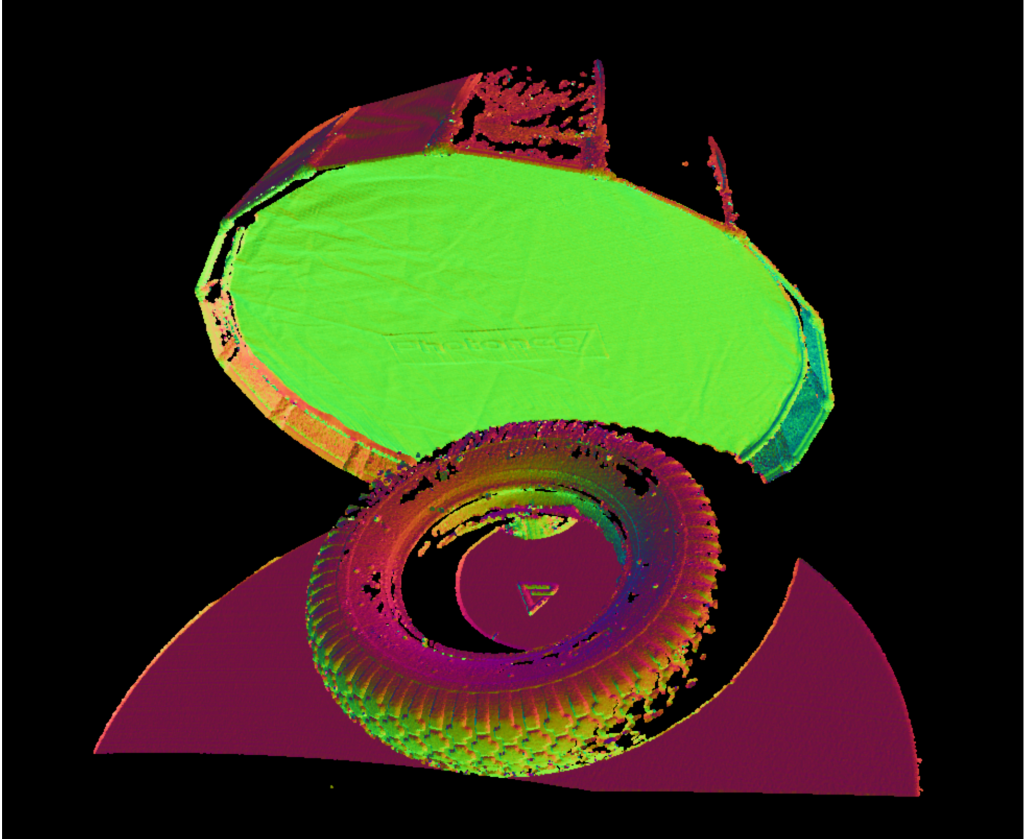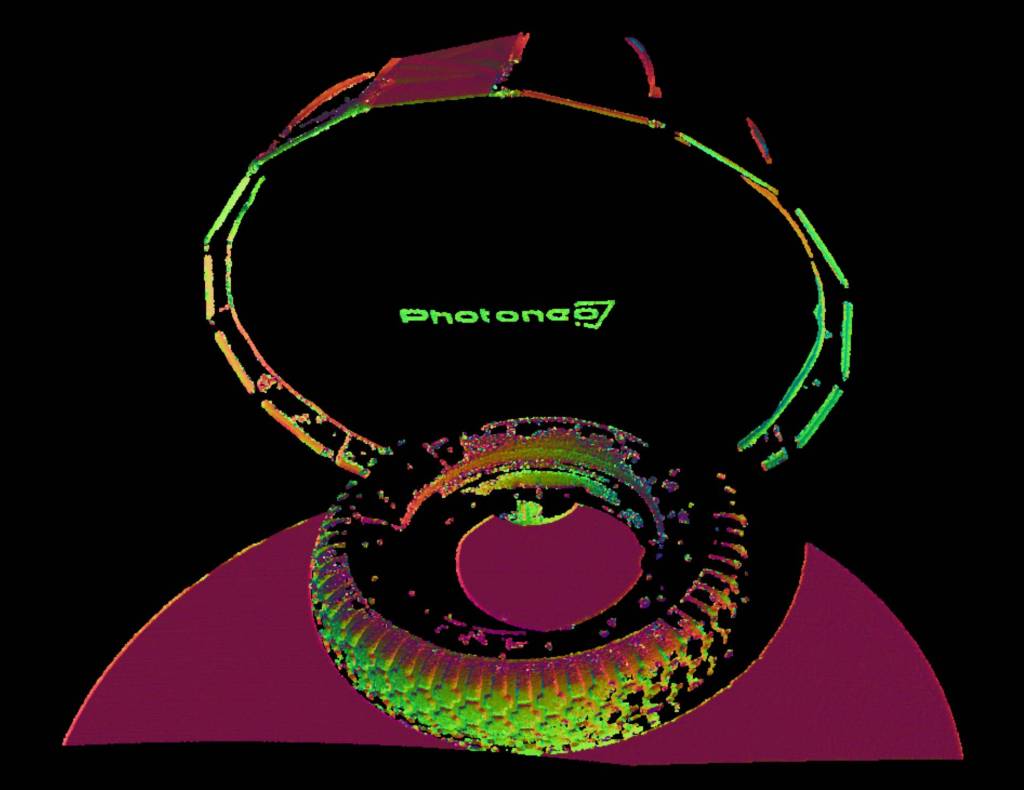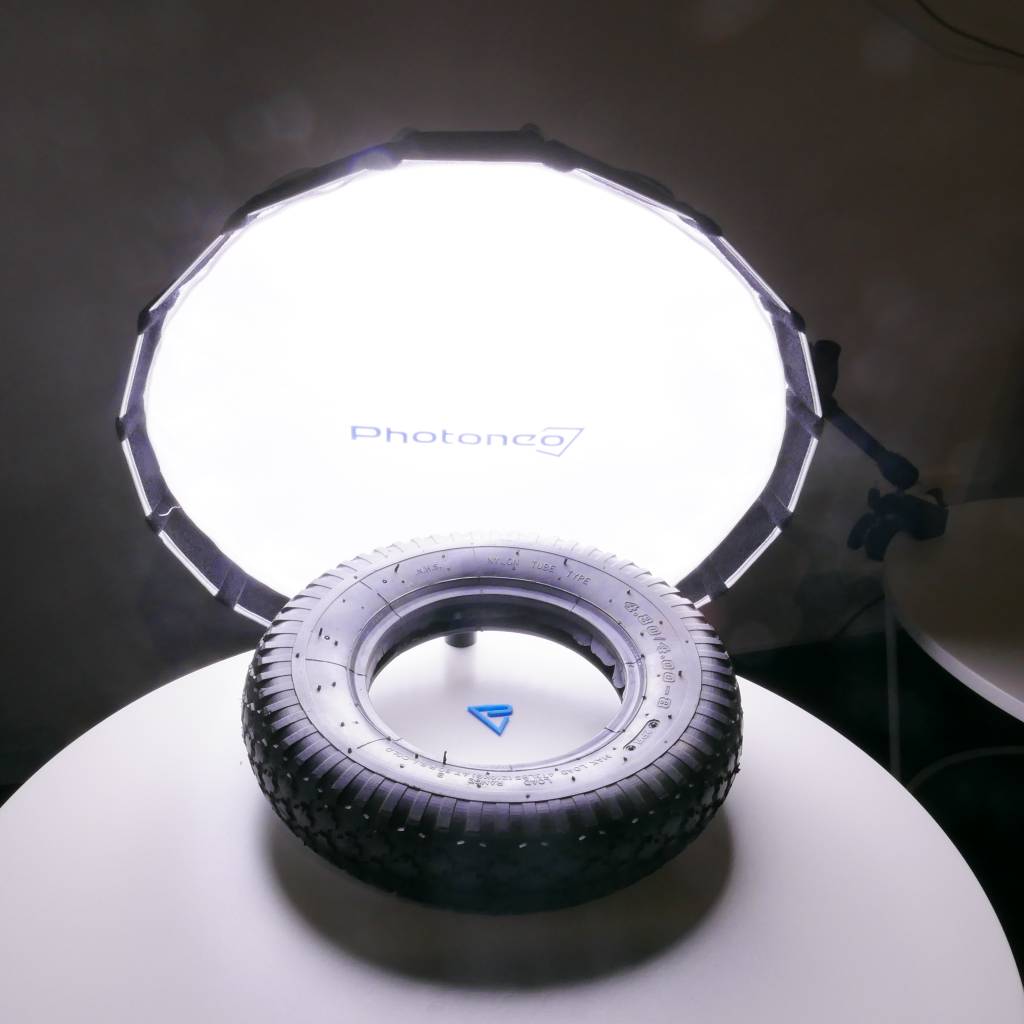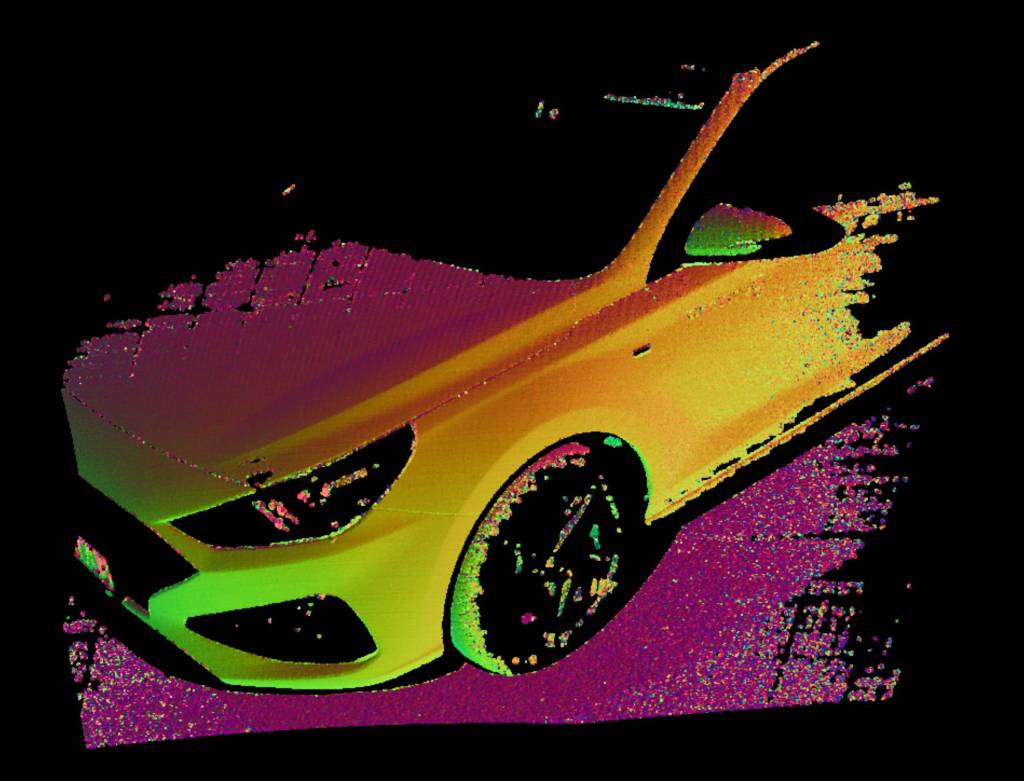
Scanning objects or surfaces in 3D under direct sunlight, in changing lighting conditions, or in scenes with high dynamic ranges has always been a concern to customers and a challenge for machine vision developers. Most 3D scanning devices are not able to efficiently suppress ambient light so, as a workaround, manufacturers provide general recommendations to customers for achieving optimal scanning conditions and minimizing the impact of ambient light. These guidelines suggest scanning indoors in controlled and consistent lighting conditions, which often require costly solutions and extensive adjustments to the room, such as installing light shields, darkening the room, and adjusting the number of light sources. Photoneo changes the game by introducing the 3rd generation of its Ambient Light Suppression (ALS) technology solution that finally allows customers to scan in the most demanding lighting conditions while providing precise and high-quality 3D data.

Scanning outdoors under direct sunlight
3D scanning under direct sunlight presents one of the greatest challenges for 3D vision technologies. Direct sunlight can be very intense (it can exceed 100,000 lux) and can interfere with the light patterns projected onto the scanned object from the source of a vision system. Increasing the light power of the vision system to eliminate the power of sunlight could lead to serious eye injury. Direct sunlight can also add unwanted noise and intensify reflections, glare, and shadows on the scanned object. These optical disturbances can make it difficult for a 3D scanner to capture accurate and detailed 3D data.
Photoneo’s special acquisition method introduced with the 3rd generation of its ALS technology can effectively suppress the effects of direct sunlight without the need to intensify the light power from the projector. 3D scanning outdoors is often the most suitable option in situations when customers need to scan larger objects. In such situations, customers face two challenges – scanning under direct sunlight and the fact that larger objects require larger scanning distance, which decreases the acquisition capabilities of a vision system. Photoneo 3D scanning devices with ALS Gen 3 not only ensure high quality of scans under direct sunlight but also for large objects with glossy surfaces, such as cars or big containers. For objects of this size, Photoneo provides 3D scanners with a scanning distance of up to 4m.

High dynamic range
In addition to the above-described noises and reflections, direct sunlight also creates a significant difference in brightness between illuminated areas and shadows. 3D scanners based on structured light or laser triangulation techniques rely on projecting patterns onto the object’s surface and capturing the reflected light. In high contrast situations like direct sunlight, it becomes difficult for the scanner to discern the patterns accurately, leading to errors in 3D reconstruction, reduced scanning accuracy, and the loss of data. The ALS Gen 3 can suppress strong light sources while not harming low-light areas of the scan. Thanks to this ability, customers can now scan the darkest and brightest areas of the scene at the same time, in a single scan.

Unstable lighting conditions
A different challenge customers face is scanning in indoor environments with changing and unstable lighting conditions. These are most often caused by the light coming in through windows, skylights, and additional light sources in the room. The intensity of light and shadows may be changing throughout the day as well as the whole year, depending on the weather and season, making the scanning conditions very unstable. To balance the lighting conditions, customers usually need to install curtains, diffusers, and shades or make other impractical adjustments to the room. The ALS Gen 3 solution eliminates the need to do all these adjustments as it can effectively handle varying light intensities and simultaneously capture details in both shadowed and illuminated regions. This ability is of huge importance for applications such as bin picking, where shadows and shadow-like patterns can inhibit the recognition of certain parts in the bin, leading to incomplete data capture during the scanning process. This missing information can affect the accuracy of 3D data and may result in difficulties in identifying and grasping objects correctly.
